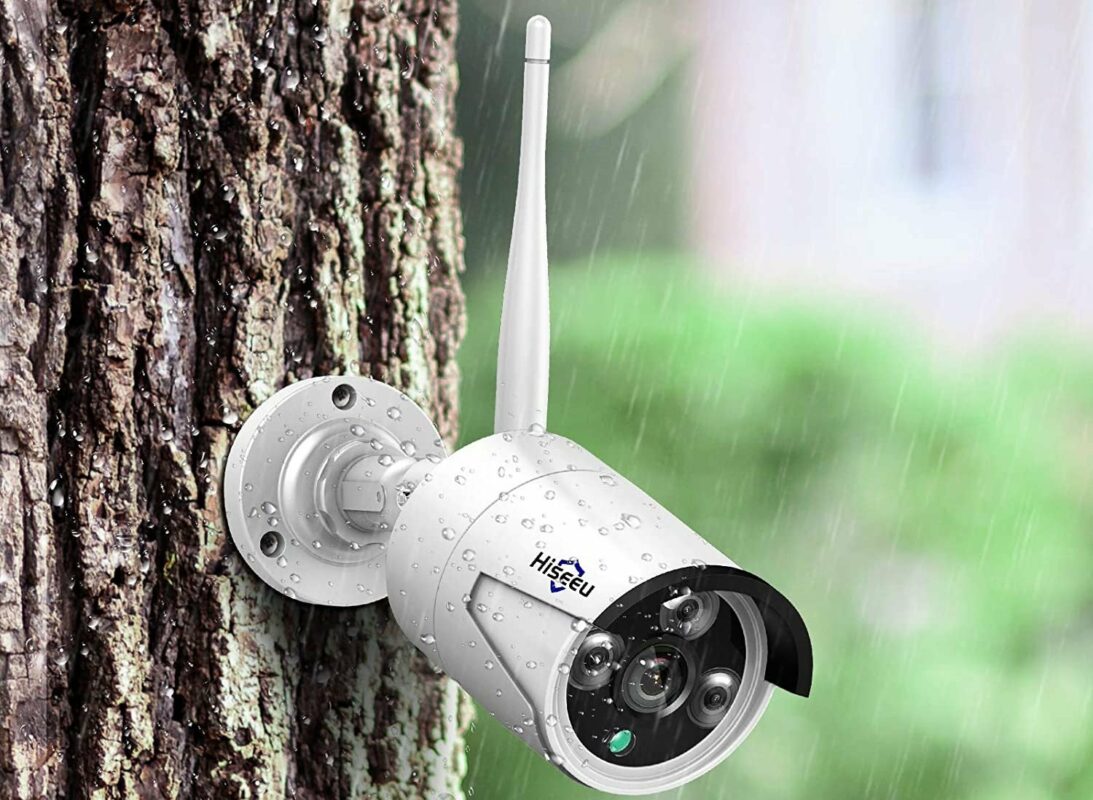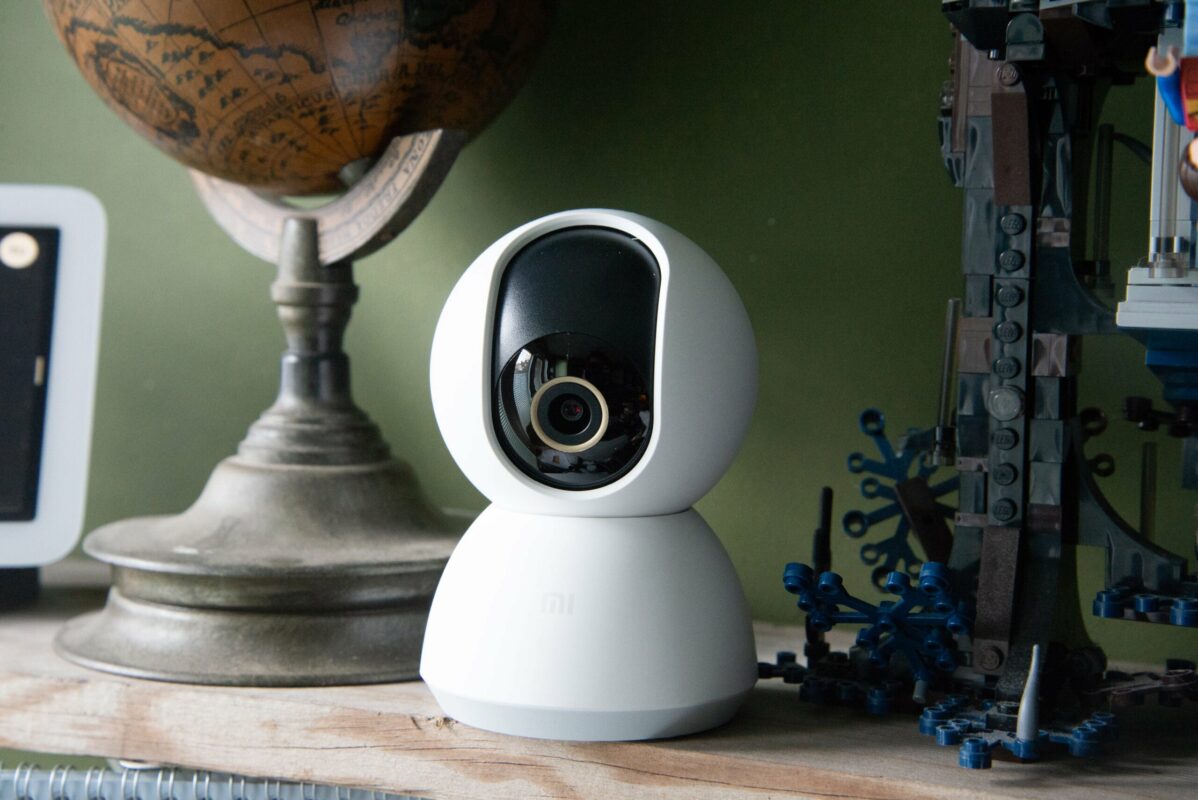How to compose your video surveillance system?
Ask yourself the right questions to choose the right video surveillance system
- Is the system dedicated to video surveillance of a home or business?
- What is the surface to be filmed?
- Video surveillance should be continuous or occasional?
- Will the alarm system be wired or wireless ?
- Digital or analog?
- How many cameras and what type?
- IP , infrared , motorized, motion detection cameras ?
- What are the video storage and viewing needs?
All these questions will direct you to the video surveillance solution that perfectly matches your needs.
Choose your video surveillance system according to your needs
A video surveillance system consists of three elements: cameras , recorder and monitor.
Surveillance cameras
Depending on their use, we opt for different types of cameras. First of all, it is necessary to choose the type of technology: digital or analog. Analog systems are recommended less and less but offer the advantage of operating with SECAM-compatible equipment (cathode ray tubes, video recorders). Analog cameras are often used to supplement older video surveillance systems.
Digital cameras are the standard today, this is the type of model that will be recommended to you in 99% of cases. Depending on the location of the camera and its use, the appropriate model should be chosen. Some cameras are specifically designed to work outdoors. They are resistant to temperature variations, humidity and are fitted with infrared diodes to allow them to operate in dark places or at night. The infrared function is also available, and increasingly present, on indoor camera models. We then speak of night vision cameras, their infrared diodes compensating for low light. The infrared range varies from about fifteen meters up to 80 depending on the model.
Image quality is also an important criterion. Whether it is an analog or digital camera, it is advisable to look into the technical characteristics to obtain images whose quality satisfies the use. The higher the resolution of an image, the better its quality. Regarding digital cameras, HD models are preferred if you want detailed and contrasting color images.
Motorization is an option that allows a single camera to film from multiple angles. This option increases the efficiency of the system by reducing blind spots. This option is especially useful when the system is connected to a video surveillance centre. Without an operator to control the mobile camera, it is better to opt for two fixed cameras.
Network cameras or IP cameras are the technological standard that is about to supplant the others. These cameras are, as their name suggests, connected to the home network, that is to say to an ADSL box or a PC itself in the network. Although costing significantly more than other cameras, these have the advantages of great ease of installation thanks to their wireless and “plug and play” technology and of use thanks to their remote control and consultation. remotely by any type of network terminal (PC, smartphone, tablet, etc.)
Storage of images and videos
The recorder is the central part of the video surveillance system. The archiving of video surveillance images and videos is done today on digital recorders regardless of the type of cameras (analog or digital). The recorder picks up the digital signal or digitizes the analog signal. This data is then compressed and stored or routed over the network for consultation.
The choice of a recorder model essentially depends on the number of cameras that will be connected to it. The storage capacity is to be taken into account but it can be modified by changing the recorder’s storage hard disk. In addition to their storage and distribution functions, the recorders make it possible to control the cameras, adjust their image remotely, operate the mobile cameras, program trigger ranges, adjust the sensitivity of motion detection triggering and configure the quality of the images and videos.
The images processed by a digital recorder are encoded and compressed to reduce their weight. To avoid obsolete models, it is strongly recommended to equip yourself with a recorder managing the current encoding standard: H264.
Viewing images and videos
IP cameras make it possible to view video streams and images on any screen of a terminal connected to the Internet network. This function is useful when you want to consult your video surveillance system from an iPhone, a smartphone, a tablet, a computer or even an IP television. These solutions can be practical for occasional consultations such as clearing up doubts in the event of an alarm being triggered.
For more regular use, a dedicated interface is more appropriate: the CCTV monitor . An LCD monitor is perfectly suited for this task. We have selected a range of LCD screens for you that meet the specific needs of video surveillance: a standard 18.5” format which allows the distribution of clear images even in mosaic mode (screen displaying 4 images from different cameras for example), a definition and a contrast rate allowing the identification of details, an anti-reflective matte screen to avoid eye fatigue.













